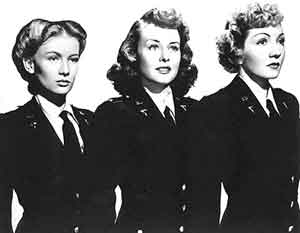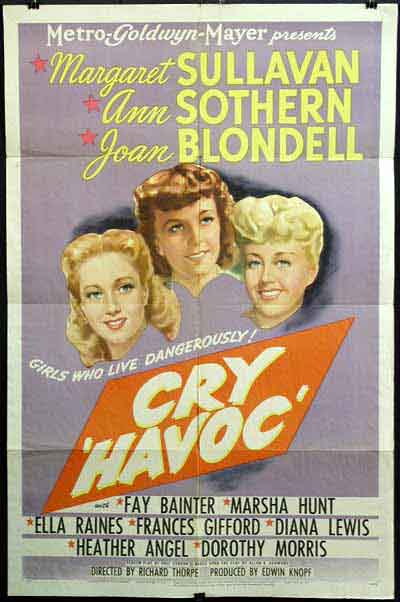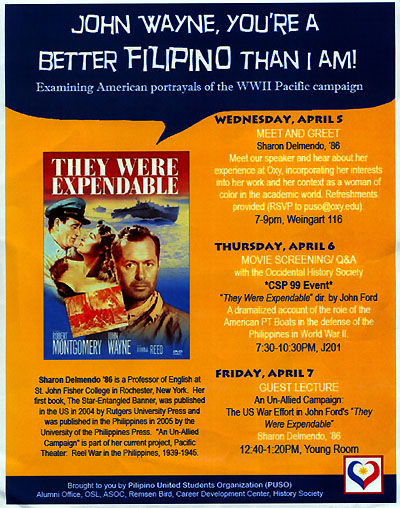
|
Department of English
St. John Fisher College 3690 East Avenue Rochester NY 14618 |
Sharon Delmendo, PhD
Professor of English Office: Basil-123 Office Phone: (585) 385 8216 |

Research:
- Pacific Theater: Reel War in the Philippines, 1939-1945
In focusing on archetypes, themes, and/or the history of film production, many film critics tend to ignore combat films' historical, political, and even geographical setting.
While a film's military mission often provides its explicit goal—to take a particular hill, defend a strategic point, rescue POWs, bomb a target—for many critics, the films' settings are simply that, settings, for the films' ideological goal: to bolster morale, assure the viewing public of an eventual victory, cast defeat as a step toward victory, etc.
In conventional film criticism, a war film set in the Philippines is not very different from a film set in Guadalcanal, France, or even Russia. Pacific Theater argues that for World War II films set in the Philippines, however, the films' particular historical and political context make the setting an integral element.
 The 1941-1946 Philippine Campaign was not just a subsection of the Pacific Theater of Allied operations; it was, from before the Japanese attack on U.S. military installations on Luzon on December 8, 1941, fundamentally defined by the Philippines' unique position as a contested colonial possession.
By examining the films in, and as indivisible from, the context of their particular political, military, and diplomatic tensions, caught between U.S. and Japanese interests and hampered by the political ambiguity inherent in the transitional Commonwealth period, this book relocates war films within their geo-political context.
The 1941-1946 Philippine Campaign was not just a subsection of the Pacific Theater of Allied operations; it was, from before the Japanese attack on U.S. military installations on Luzon on December 8, 1941, fundamentally defined by the Philippines' unique position as a contested colonial possession.
By examining the films in, and as indivisible from, the context of their particular political, military, and diplomatic tensions, caught between U.S. and Japanese interests and hampered by the political ambiguity inherent in the transitional Commonwealth period, this book relocates war films within their geo-political context.
